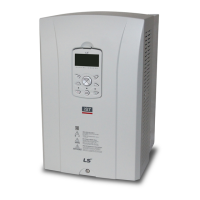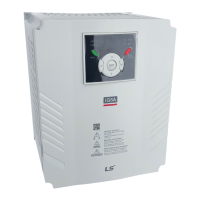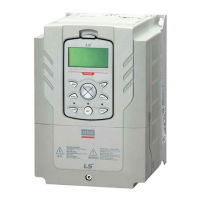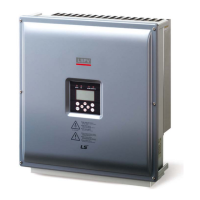3
Installing the Inverter
3.1
Installation Considerations
Inverters are composed of various precision electronic devices, and therefore the installation
environment can significantly impact the lifespan and reliability of the product. The table below
details the ideal operation and installation conditions for the inverter.
CT load (heavy duty): -10℃–50℃
VT load (normal duty): -10℃–40℃
IP54 model types: -10℃–40℃
90% relative humidity (no condensation)
An environment free from corrosive or flammable gases, oil residue, or
dust (pollution degree 2)
Lower than 3,280 ft (1,000 m) above sea level/less than 0.6 G (5.9
m/sec2)
* The ambient temperature is the temperature measured at a point 2” (5 cm) from the surface of the
inverter. No ice or frost should be present.
• Do not transport the inverter by lifting with the inverter’s covers or plastic surfaces. The inverter
may tip over if covers break, causing injuries or damage to the product. Always support the
inverter using the metal frames when moving it.
• Hi-capacity inverters are very heavy and bulky. Use an appropriate transport method that is
suitable for the weight. Do not place heavy objects on top of electric cables. Doing so may
damage the cable and result in an electric shock.
• Do not install the inverter on the floor or mount it sideways against a wall. The inverter must be
installed vertically, on a wall or inside a panel, with its rear flat on the mounting surface.
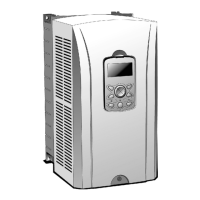
